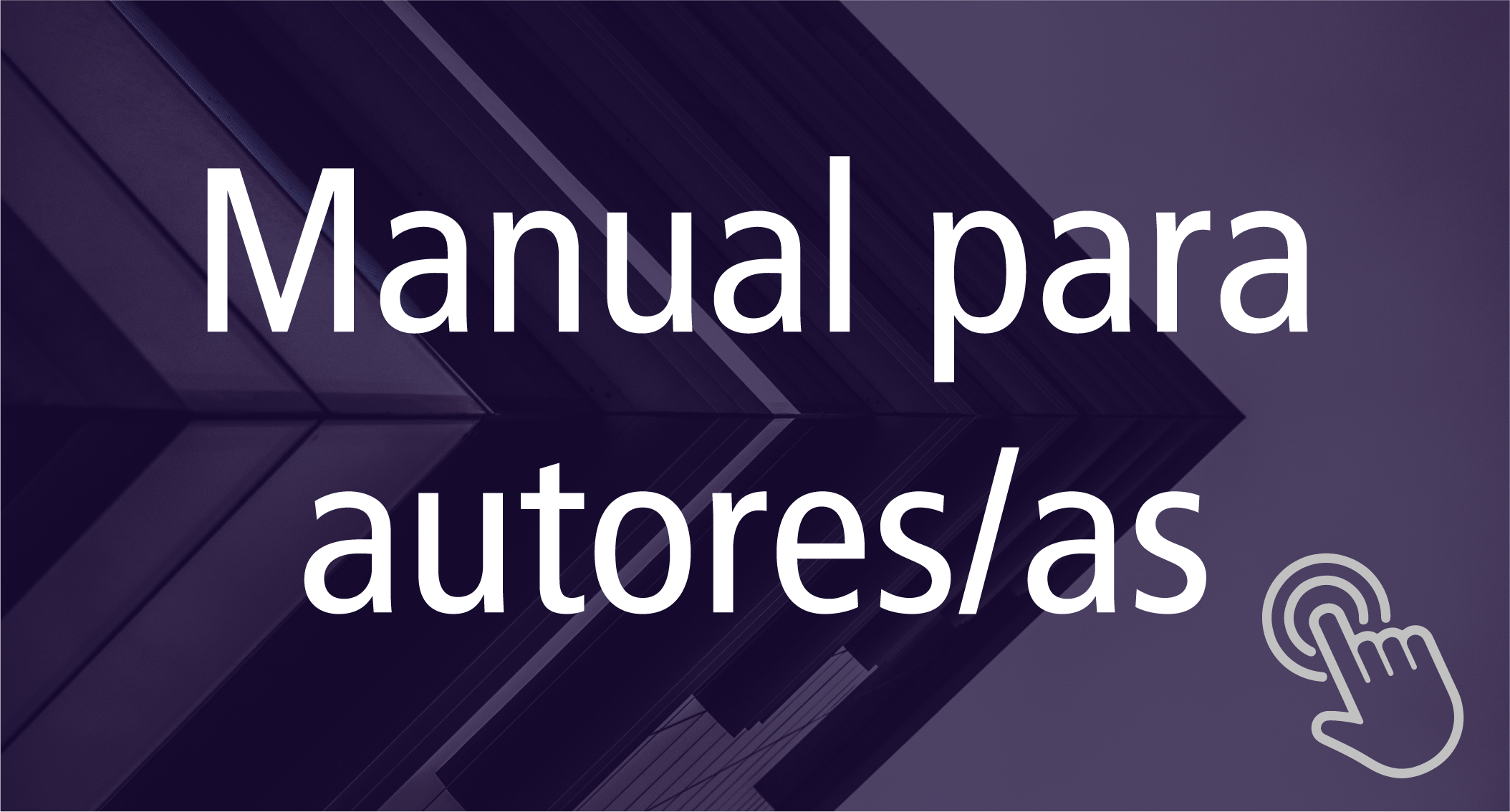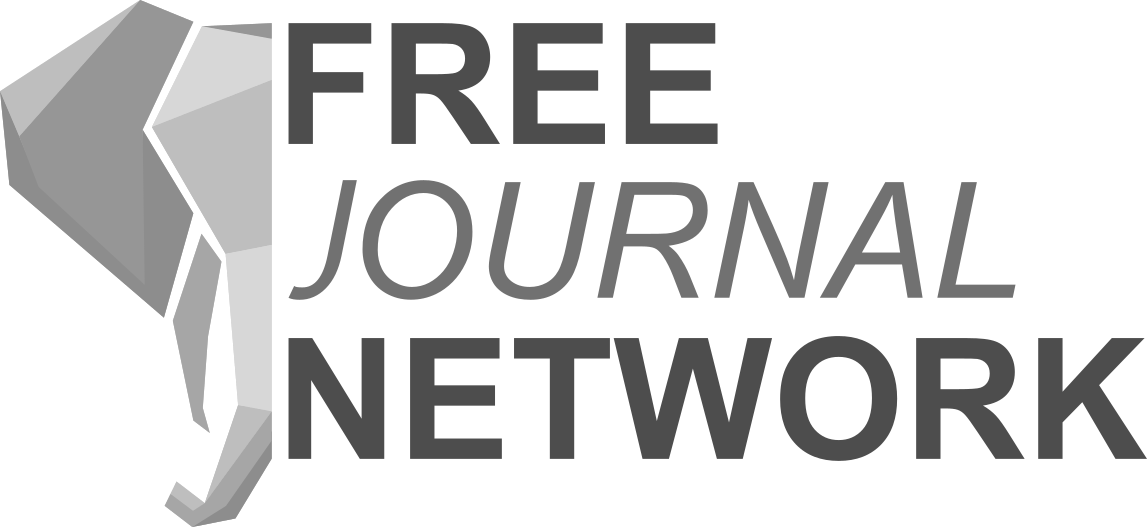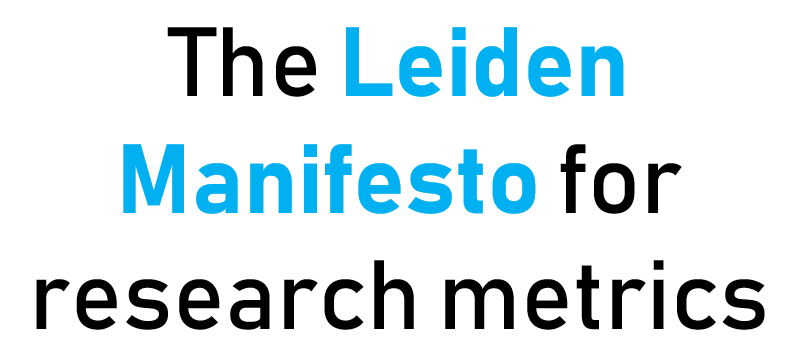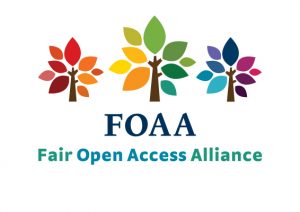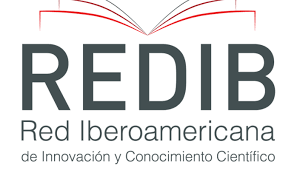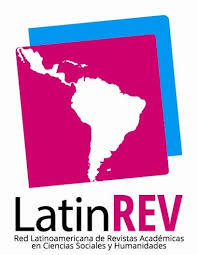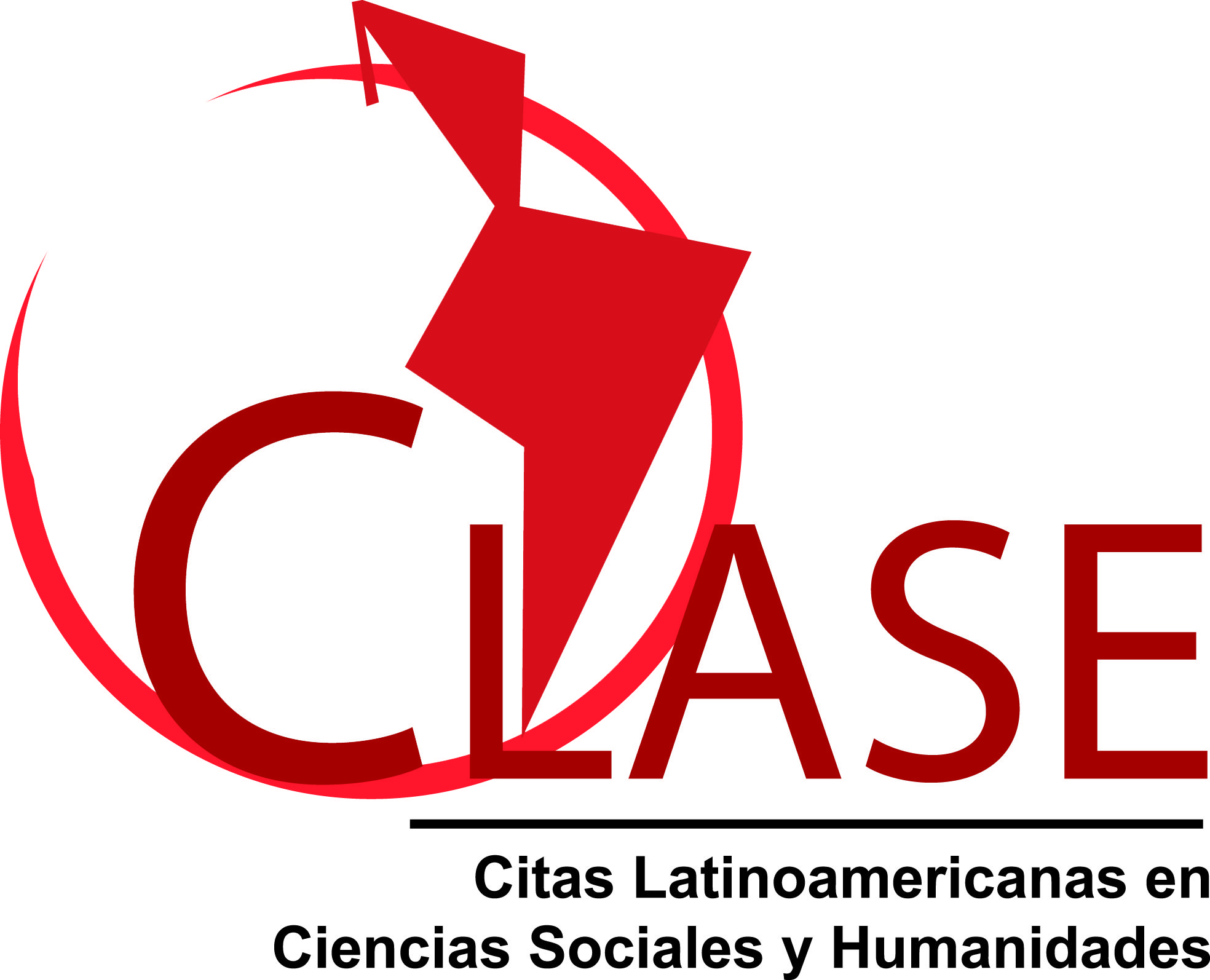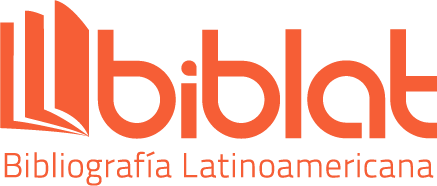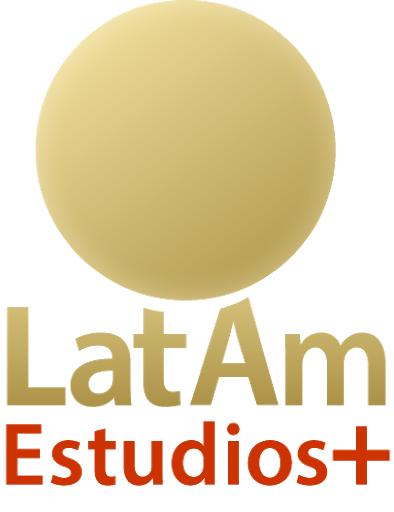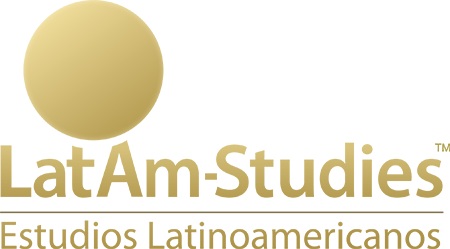Envíos
Lista de comprobación para la preparación de envíos
Como parte del proceso de envío, los autores/as están obligados a comprobar que su envío cumpla todos los elementos que se muestran a continuación. Se devolverán a los autores/as aquellos envíos que no cumplan estas directrices.Artículos de investigación
Artículos originales de investigación, tanto de naturaleza teórica como empírica, sin restricciones en cuanto a abordajes metodológicos.
Reportes de investigación
Reportes breves en los que se detallan los avances más destacados de investigaciones de naturaleza empírica.
Micro-artículos
Artículos muy breves en los que se defiende una idea-fuerza o se presentan resultados de investigaciones empíricas de manera muy concisa.
Dosieres
Compendio de artículos sobre una temática determinada relacionada con el área de alcance de la revista.
Relatos de experiencias pedagógicas y de extensión universitaria
Relatos con formato flexible, que no exigen la incorporación de referencias bibliográficas ni el seguimiento de formatos científicos estandarizados.
+ Relatos sobre experiencias pedagógicas en psicología que permitan repensar alguna problemática educativa. Puede tratarse de experiencias que hayan tenido lugar en un marco educativo institucionalizado/formal o informal.
+ Relatos sobre experiencias pedagógicas en psicología que permitan repensar alguna problemática educativa. Puede tratarse de experiencias que hayan tenido lugar en un marco educativo institucionalizado/formal o informal.
Entrevistas
Entrevistas realizadas a investigadores y actores sociales relacionados con el área de alcance de la revista
Trabajos de fin de grado
Trabajos integradores finales o trabajos de fin de grado de alumnos de carreras de psicología que, por su calidad, ameritan ser publicados en una revista académica.
Reseñas de libros y/o eventos científicos
Reseñas críticas de libros y/o de eventos científicos vinculadas al área de alcance de la revista.
Aviso de derechos de autor/a
![]()
Los autores/as que publiquen en esta revista aceptan las siguientes condiciones:
- Los autores/as conservan los derechos de autor y ceden a la revista el derecho de la primera publicación, con el trabajo registrado con la licencia de atribución de Creative Commons, que permite a terceros utilizar lo publicado siempre que mencionen la autoría del trabajo y a la primera publicación en esta revista.
- Los autores/as pueden realizar otros acuerdos contractuales independientes y adicionales para la distribución no exclusiva de la versión del artículo publicado en esta revista (p. ej., incluirlo en un repositorio institucional o publicarlo en un libro) siempre que indiquen claramente que el trabajo se publicó por primera vez en esta revista.
- Se permite y recomienda a los autores/as a publicar su trabajo en Internet (por ejemplo en páginas institucionales o personales) antes y durante el proceso de revisión y publicación, ya que puede conducir a intercambios productivos y a una mayor y más rápida difusión del trabajo publicado (veaThe Effect of Open Access).
Declaración de privacidad
Los nombres y las direcciones de correo electrónico introducidos en esta revista se usarán exclusivamente para los fines establecidos en ella y no se proporcionarán a terceros o para su uso con otros fines.

